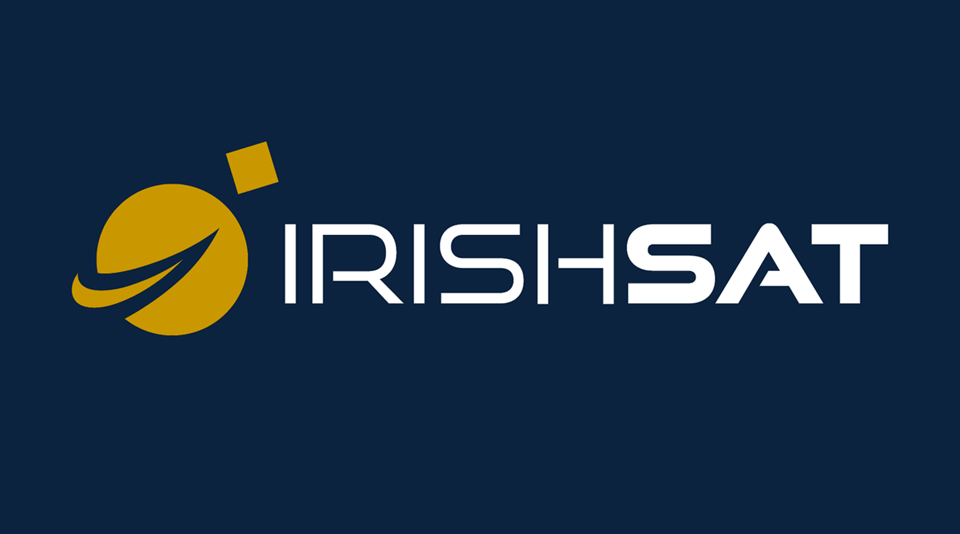IrishSat’s high-altitude balloon project, IRIS v3, was just selected by NASA as one of six finalists in the NASA FLOATing DRAGON design competition!
Teams compete to design a system that can deploy a node from 120,000 feet and autonomously steer it to a safe waypoint on the ground.
Notre Dame’s system was identified as one of the best designs in the country, and the team will have the opportunity to work closely with NASA for the rest of the semester until a complete integration and launch alongside the other finalists in August 2023 in Ft. Sumner, New Mexico.
Notre Dame IrishSat’s design is a delayed deployment guided parafoil. The payload predicts its flight path using a Model Predictive Controller (MPC) run on a Raspberry Pi. Based on these predictions, the payload then changes its direction by controlling two servos that pull on the brake lines of a parafoil. The initial descent is first controlled by a parachute to increase drag. It then transitions to a parafoil at a lower altitude to begin the guiding process. The electrical and mechanical systems are also made to withstand the extreme temperatures of higher altitudes.

— Submitted by Zach Zarzaur ’23, Electrical Engineering; President, Notre Dame Irish Sat
